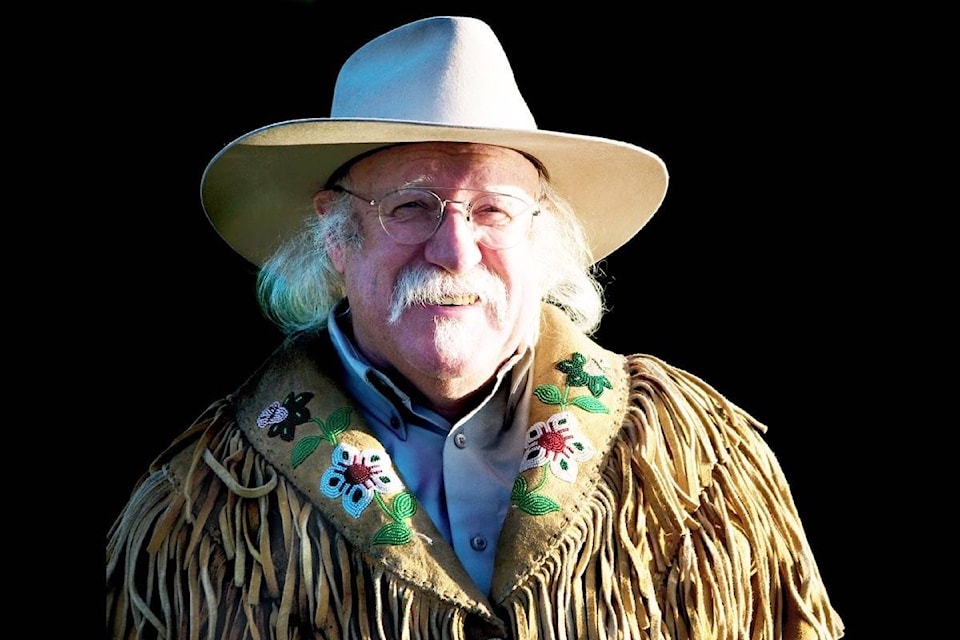As a kid growing up on the prairies, I learned to dislike the cold very early on.
I certainly learned how to stay warm.
I never have enjoyed winter, not the snow or anything else about having to go out in freezing weather. Be that as it may, when you live north of the 49th parallel you have to deal with it – or at least dress for it.
Outdoor wear has come a long way, but often as not it’s what you’re wearing underneath that makes all the difference. From socks to underwear, there are now more choices than ever before.
When choosing long underwear for winter, look for insulating materials like high-quality, moisture-wicking acrylic or Merino wool. Merino is known to be really warm, and since it’s finer than other types of wool, it’s also more breathable and won’t feel itchy on your skin. Silk is another popular thermal base layer thanks to its moisture absorbing property and ability to retain heat. A good set of polypropylene long underwear, tops and bottoms, can run anywhere from $80 to well over $250. In the past few years I have opted for microfleece which is made of polyethylene terephthalate. All I know is that it is warm, comfortable and oh so soft on your skin.
If money is an issue there is always the good old Stanfields.
Experienced outdoors people all know just how important quality socks are when venturing outside in the cold. The right pair of good quality, comfortable, properly fitting socks is probably one of the most important choices you can make.
Here are a few pointers for when you are picking out the right socks for your particular needs.
Over the last two decades, modern ‘sock technology’ has evolved to the point where one can now purchase a multitude of socks, made of both natural and synthetic materials, designed for various types of specific activities. Having said that, wool still comprises a significant percentage (25 to 85 per cent) of the fabric used in many of these socks.
Not all natural materials, however, are good fibres for socks. Avoid socks containing large quantities of cotton as it is a poor insulator and retains moisture. The latter trait is what leads to hotspots (friction areas on your feet) when you’re walking that can ultimately lead to blistering. Cotton socks are a recipe for disaster, so do yourself, and your feet a favour and avoid cotton socks.
Read more: Column: Highway maintenance topic of upcoming meeting in South Shuswap
Read more: Consumer spending ‘cautious,’ B.C. finance minister says
Read more: Effort to light Larch Hills ski trails near Salmon Arm continues
More often than not, synthetic fibres and materials are added to enhance a sock’s comfort, as well as increase insulation, moisture-wicking ability and cushioning. Some of the more common synthetic fibres used in socks are: polyester, which has both moisture wicking and quick drying properties; acrylics, which provide good insulation, feel soft next to the skin and wick moisture well; and nylon, which gives elasticity as well as strength to socks.
When selecting socks, a good rule of thumb is to match the weight of the sock to the type of walking you will be doing and the weight of your boots. For example, a lightweight sock will compliment lighter walking shoes/boots on easy trails for a few hours of walking or hiking. Harder trail types require mid-weight socks, while heavy socks are what’s wanted for rough and difficult terrain when hiking for several hours.
When buying a pair of socks, look for extra cushioning in the areas where your feet tend to get sore such as the heel or toe. If your feet rub against the tongue of your boot, causing discomfort, look for extra padding on the instep of a sock.
Matching socks and boots can also reduce the chance of twisting an ankle.
Now, having proclaimed the virtues of a good pair of socks, like the right pair of underwear, socks can be expensive. A pair of alpaca socks will run you $30 or more. Specialized outdoor activity socks can run anywhere from $20 to $50 and up.
Like I said, a good pair of long underwear or socks are not cheap, but they are well worth whatever price you choose to pay. As for myself, I’ve been saving up all year to buy myself a pair of nice hand-knitted alpaca wool socks.
@SalmonArm
newsroom@saobserver.net
Like us on Facebook and follow us on Twitter
